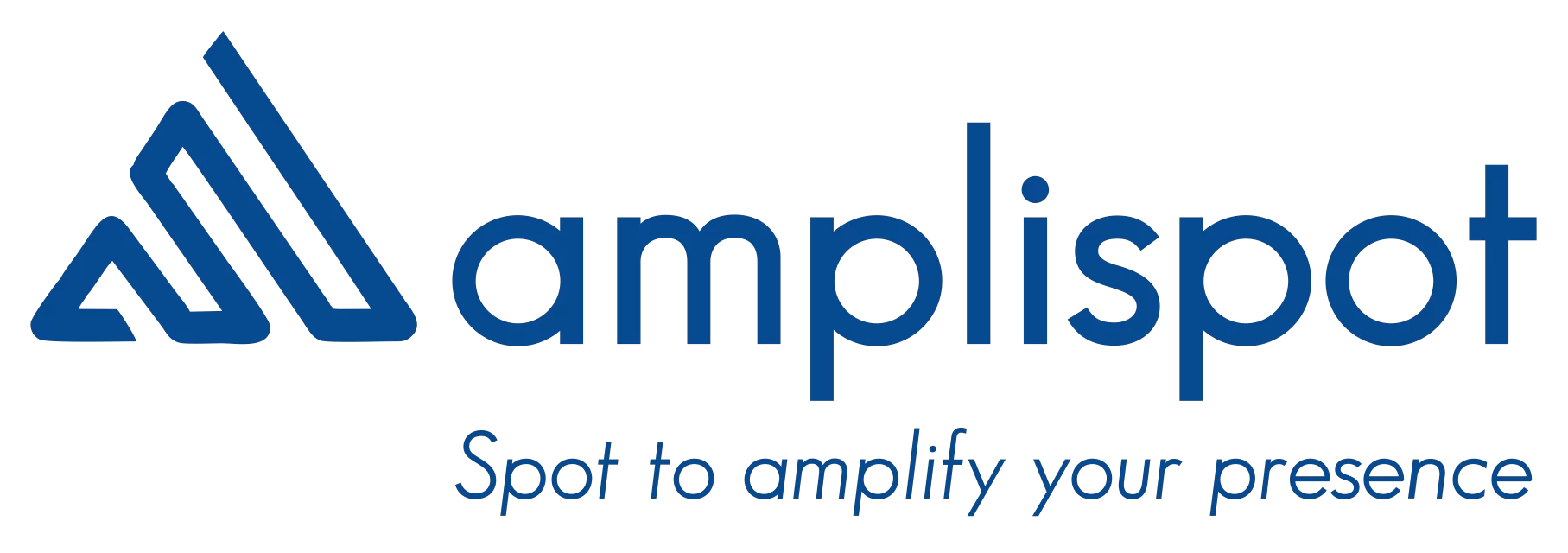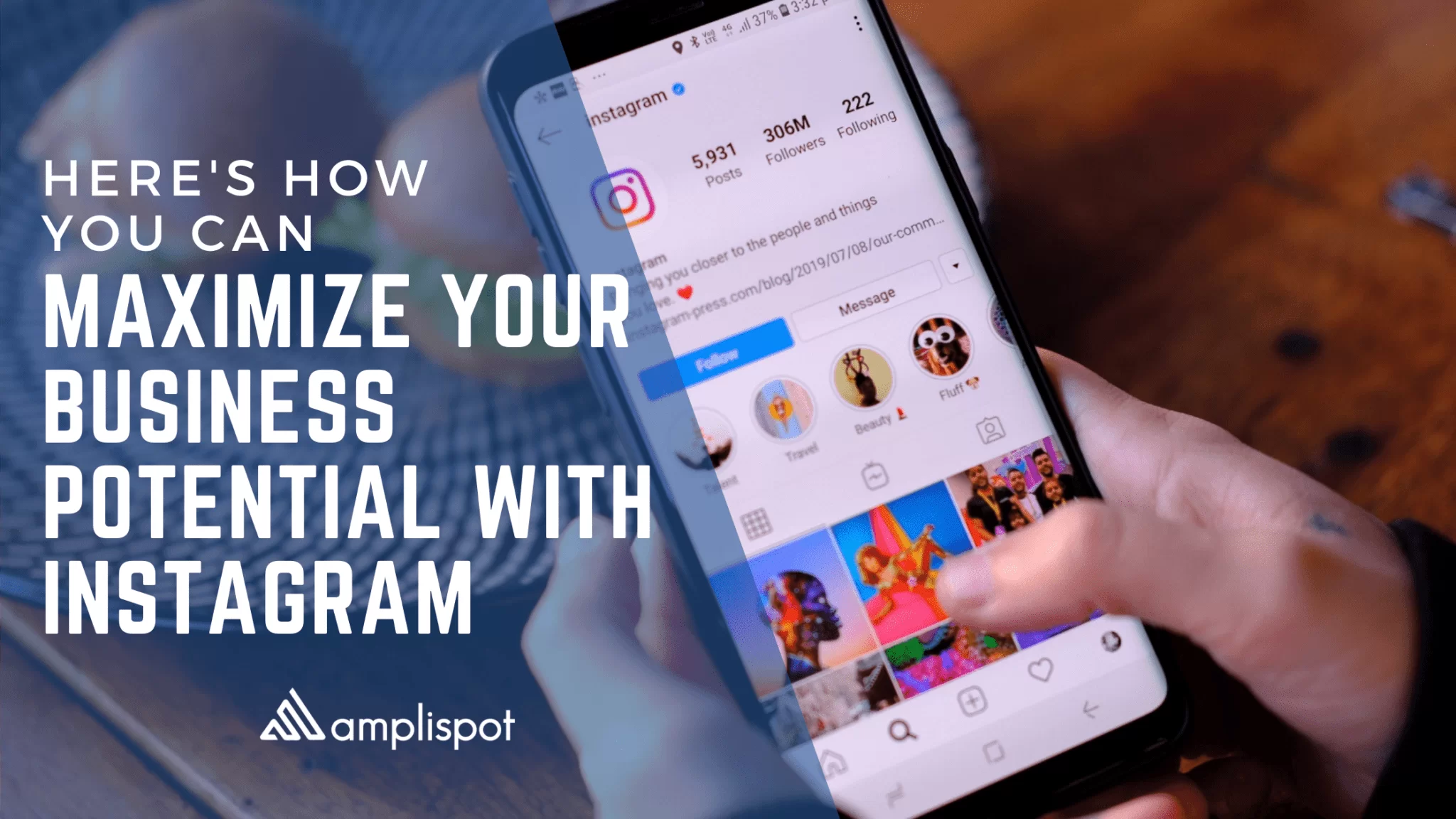It's not enough to just make a video, post it on Facebook, and expect it to attract a lot of attention. You must put planning and structure into the information you offer on social media sites.
Content is what people find when they search on Google, share on social media channels, and use to connect with brands. It ultimately drives leads and sales.
You must plan and organize your content before presenting it on social media sites. Take the following seven steps to use and optimize social media content.
1. Know Your Audience
If you don't know who your target audience is, how will you be able to connect with them? The majority of businesses are aware of their customers' demographics, such as age and gender. However, to really make a connection and become an important part of their life, you must go beyond these numbers.
You may use social media data to develop audience personas in addition to traditional methods of audience discovery such as industry research, focus groups, and brand surveys. Social monitoring software, Facebook Custom Audience, social referrals to your website, and question-and-answer sites are just a few examples of places where you can find out more about your target audience.
2. Provide Value
You must provide your audience with value. It might be knowledge, increased productivity, entertainment, or cost savings. Even though we know it is by nature, it shouldn't appear like marketing to the customer. It's giving long-term awareness and brand recognition. It's all about staying on the consumer's mind as they make their way from idea to purchase. You want to be the first brand that comes to mind when it comes time to choose.
3. Expand Your Conversation
Egocentrism is a common trait among brands, especially B2B ones. They focus exclusively on themselves — their goods, services, characteristics, benefits, employees, culture, finances, and so on. Customers don't want to hear about it. Customers are also egotistical and want to know what else your brand can provide for them.
Create content pillars to broaden the discussion and shift attention away from your business. Content pillars provide a creative filter and platform that is rooted in customer needs, brand voice, and corporate goals. These pillars represent a starting point for you to build your brand's core environment while also extending into adjacent, relevant, and trustworthy aspects of your customers' lives. Whole Foods may discuss combating poverty in the United States, or General Electric might create fascinating content with their #6SecondScience campaign as examples. Even Method's amusing and interesting #DirtyLittleSecrets campaign. These themes aren't directly about the companies' main products, but they are appealing to their key customers.
4. Look Beyond Facebook and Twitter
Creating content does not guarantee that people will read it and connect with your company as a result. You must attract attention to the material using owned, earned, and paid methods across many channels rather than just big platforms.
Consider how you might improve the value of each piece of material and campaign: Can you make your content more visible and shareable on your website? What other social media sites do your audience use besides Facebook and Twitter? Are there any sites that specialize in accepting contributions of a certain type, such as Visual.ly for infographics or Online-Sweepstakes.com for contests? How much can you allocate to post your material on sites like Outbrain or Taboola? Are you using Google+ to link to your website's content? (If the answer is no, I strongly advise you to begin immediately. While Google+, in terms of interaction, is sorely lacking, it has a significant impact on organic ranking.)
5. Know Your Dimensions
People share things not just because they're attractive, but also because they think they make them appear better. If your content is cropped incorrectly or looks pixelated and blurry, it's unlikely to be shared on social media platforms.
Keep an eye on how your material will appear on various social networks and platforms by understanding the many dimensions of each channel, as well as how your target audience discovers that content.
6. Don’t Ignore the SEO Impact
The phrase "intersection of social and SEO" is no longer meaningful. These two services don't simply overlap; they combine to form a single campaign to boost discoverability across all digital platforms. As a result, dividing these operations into silos and departments today will not only harm you now, but it will also do so in the future.
Matt Cutts, the head of Google's webspam team, reportedly said in an interview that social signals - such as likes, retweets, pins, LinkedIn shares - do not directly influence content rankings. They do help to boost traffic and produce links, which are important ranking criteria. Cutts has also stated that they are experimenting with identity weighting as a means of improving ranking judgments.
Google has yet to address how much importance they place on Google+ sites and discussions. However, they do - a lot. I had to remind people about it again in this post because of this. The key takeaways for Google+: Create a Google+ page on your own. Mark up your website with publisher tags. Ensure that you are actively posting links back to your site's material on a regular basis (at least once every 72 hours). Also, increase the number of people in your circle.
7. Measure Success
Determine the goal of your material and how you will measure success before creating any content or posting one Facebook message.
Identify the most essential metrics within five categories: awareness, consumption, involvement, action, and SEO effect. While the metrics in each bucket will change depending on your approach, goals, and resources, some common ones are:
- Awareness – reach, mentions, impressions
- Consumption – referrals, clicks, visits
- Engagement – shares, +1s, time on site, likes
- Actions – leads/sales, newsletter sign-ups, PDF downloads, site navigation
- SEO Impact – increased organic traffic and activity, increased engagement on specific content pieces, increased organic backlinks
Final Takeaway
It is guaranteed that your content has enough fuel to spark across social media and other digital marketing platforms by learning who your target audience is and how you might help them. You can ensure that your material has enough fuel to inflame across social media and other digital marketing channels by identifying additional distribution methods, integrating SEO, and establishing a solid strategy for measurement.





